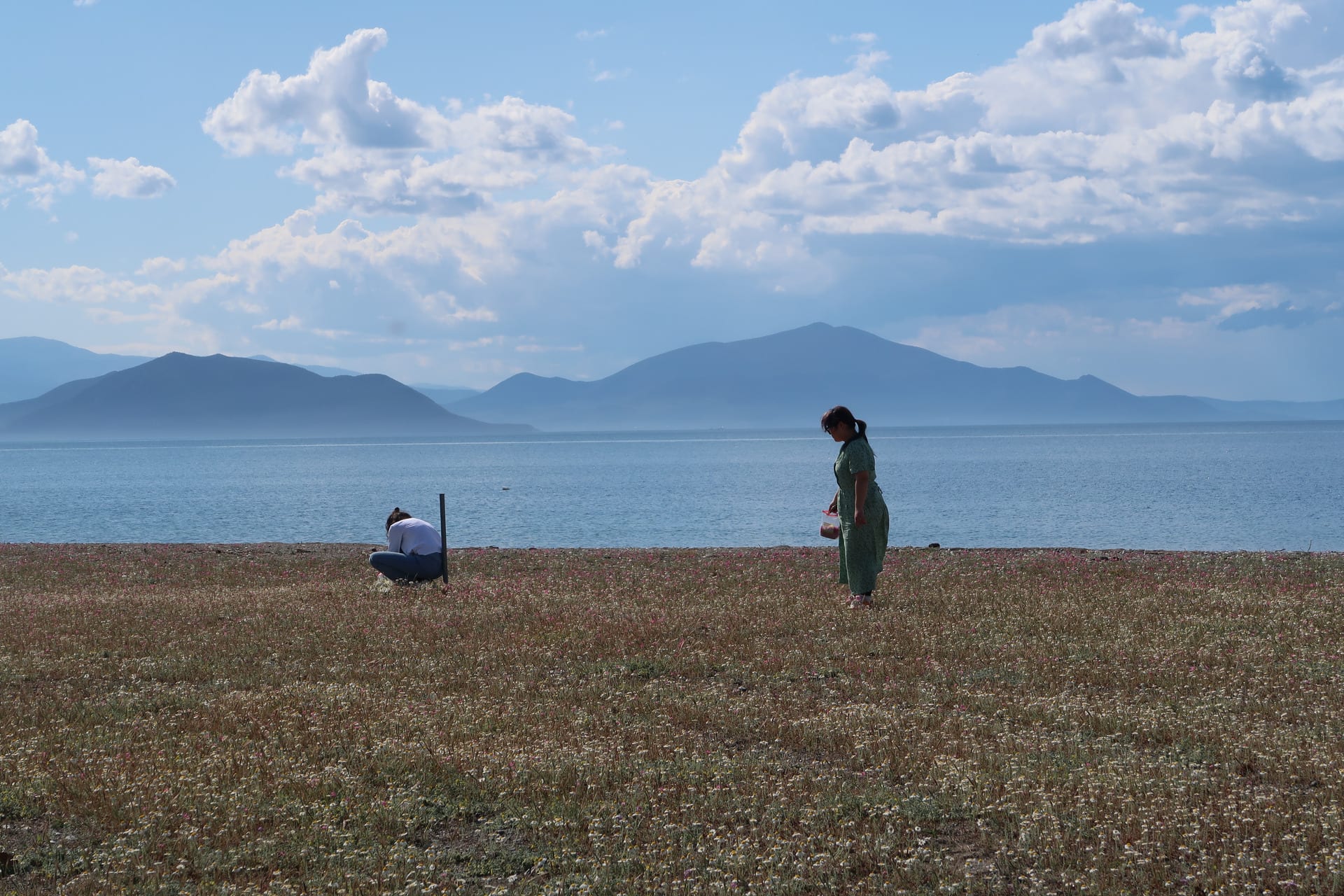Tima Rabbat is a spatial practitioner and architectural researcher currently based in London focusing on ecological networks and mutual dependencies. Her interests lie in the politicised territorialisation of space, thinking through themes of ownership and protection within changing environments.
Tima's academic background is in architecture- she graduated with a five-year BArch Hons from the American University of Beirut. Prior to joining the MA Environmental Architecture program at the RCA, she gained two years of experience working as a designer in Oslo and Rotterdam on a series of socially centered projects.











